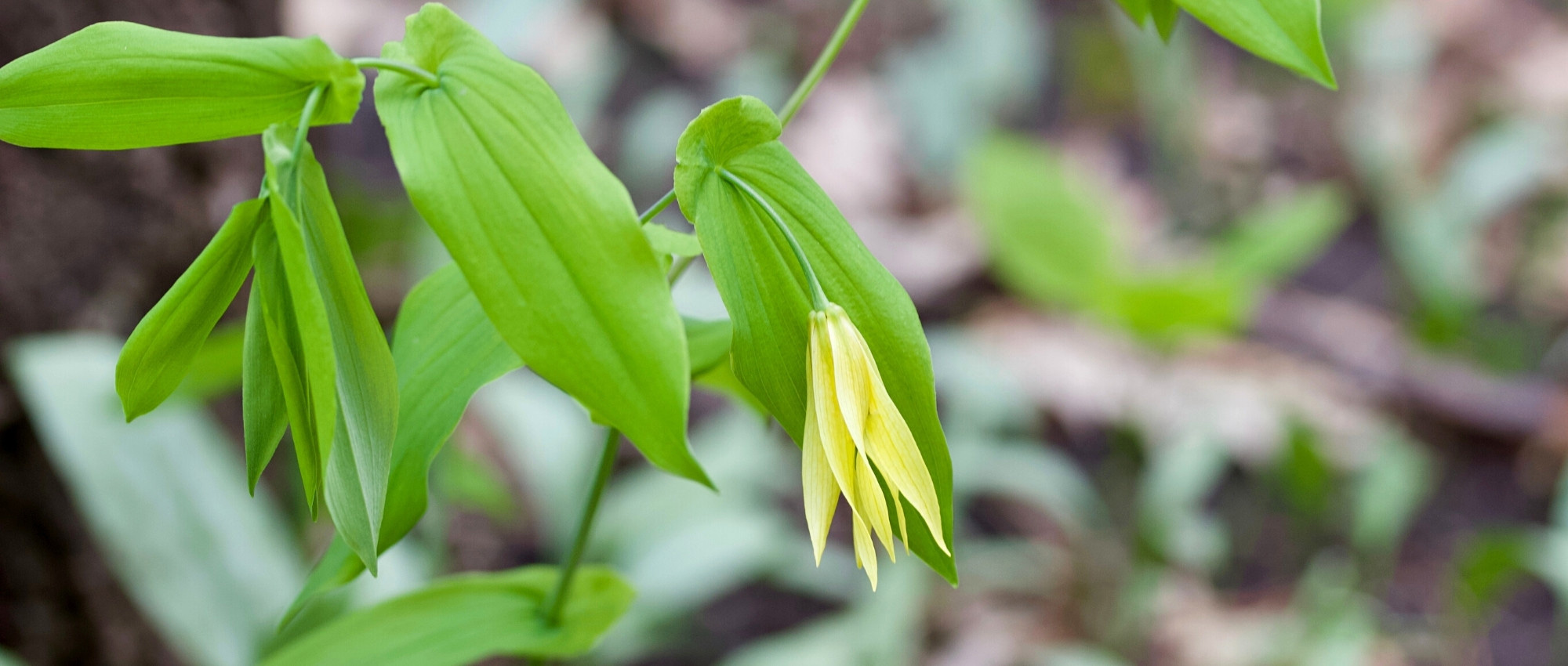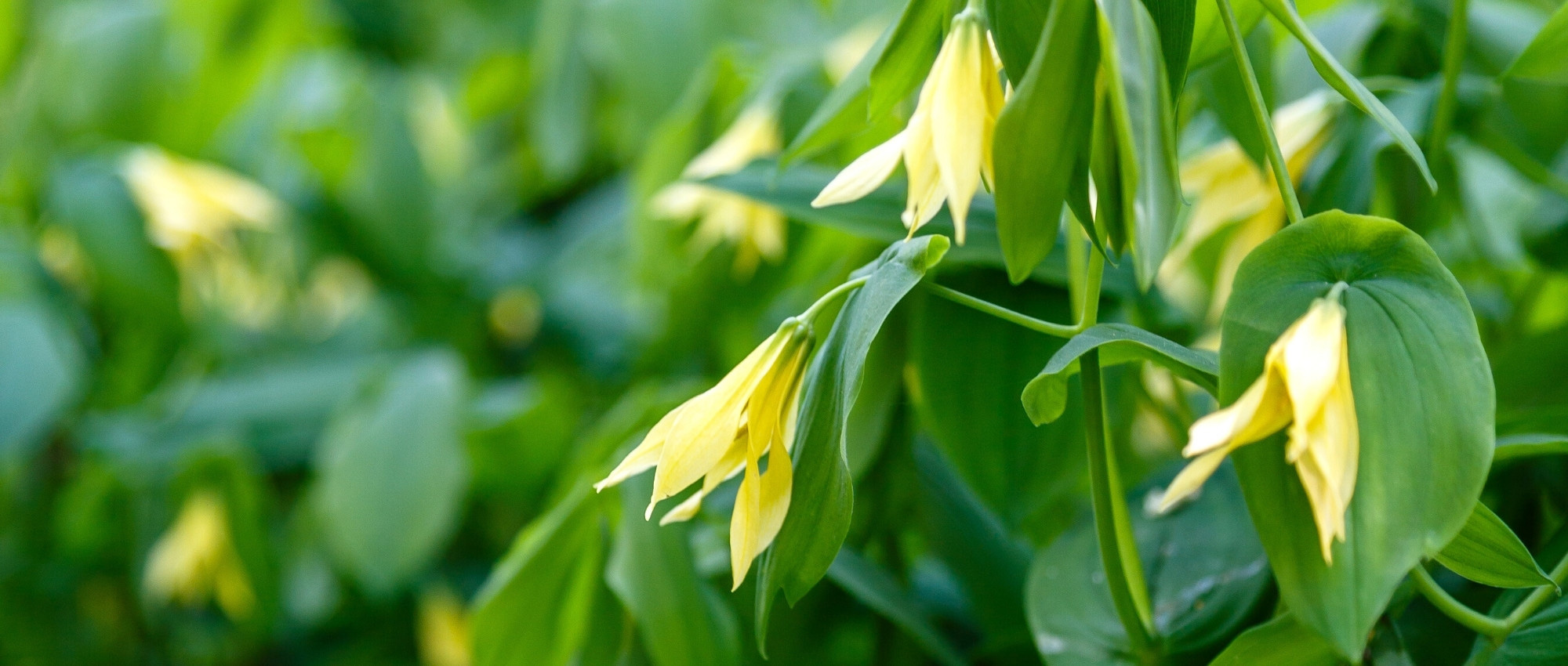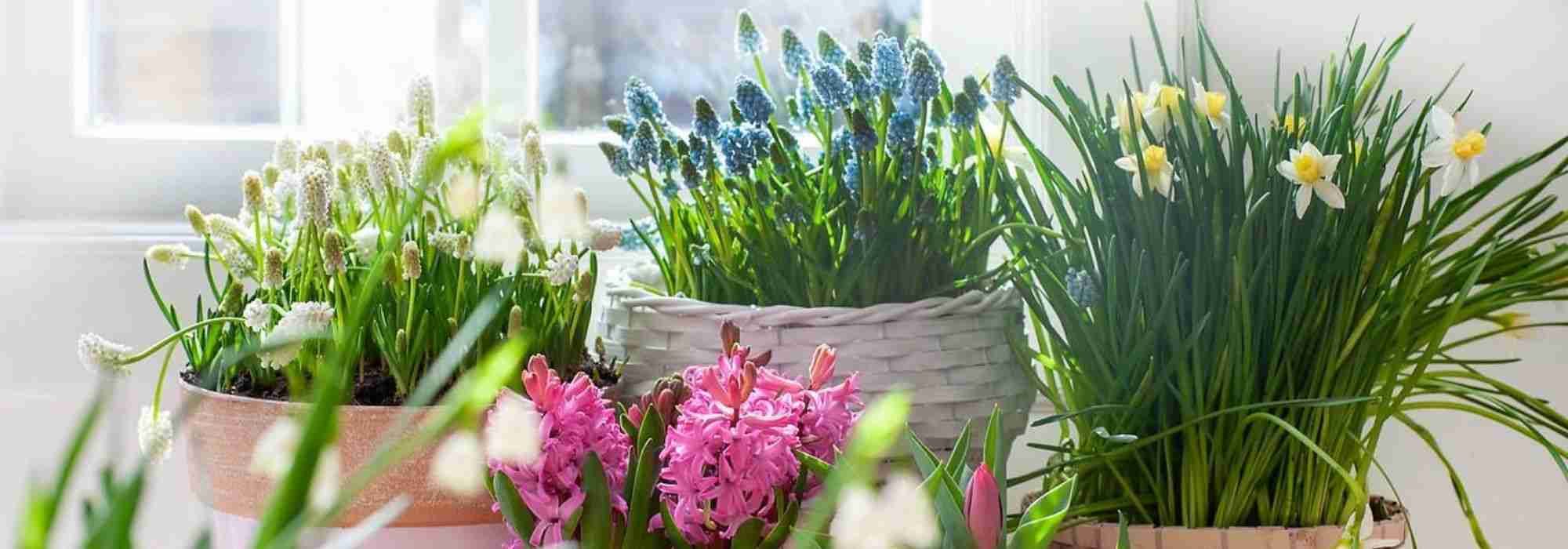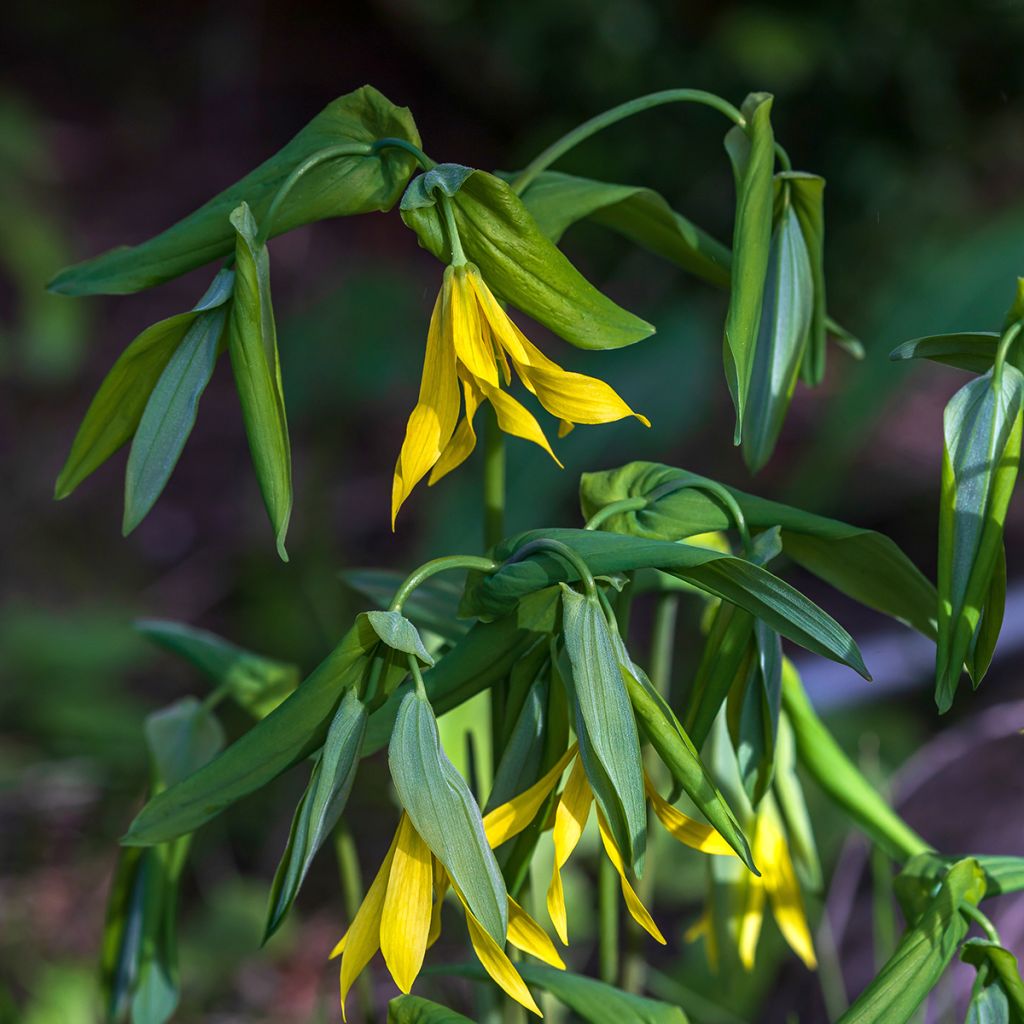

Uvularia grandiflora


Uvularia grandiflora


Uvularia grandiflora


Uvularia grandiflora
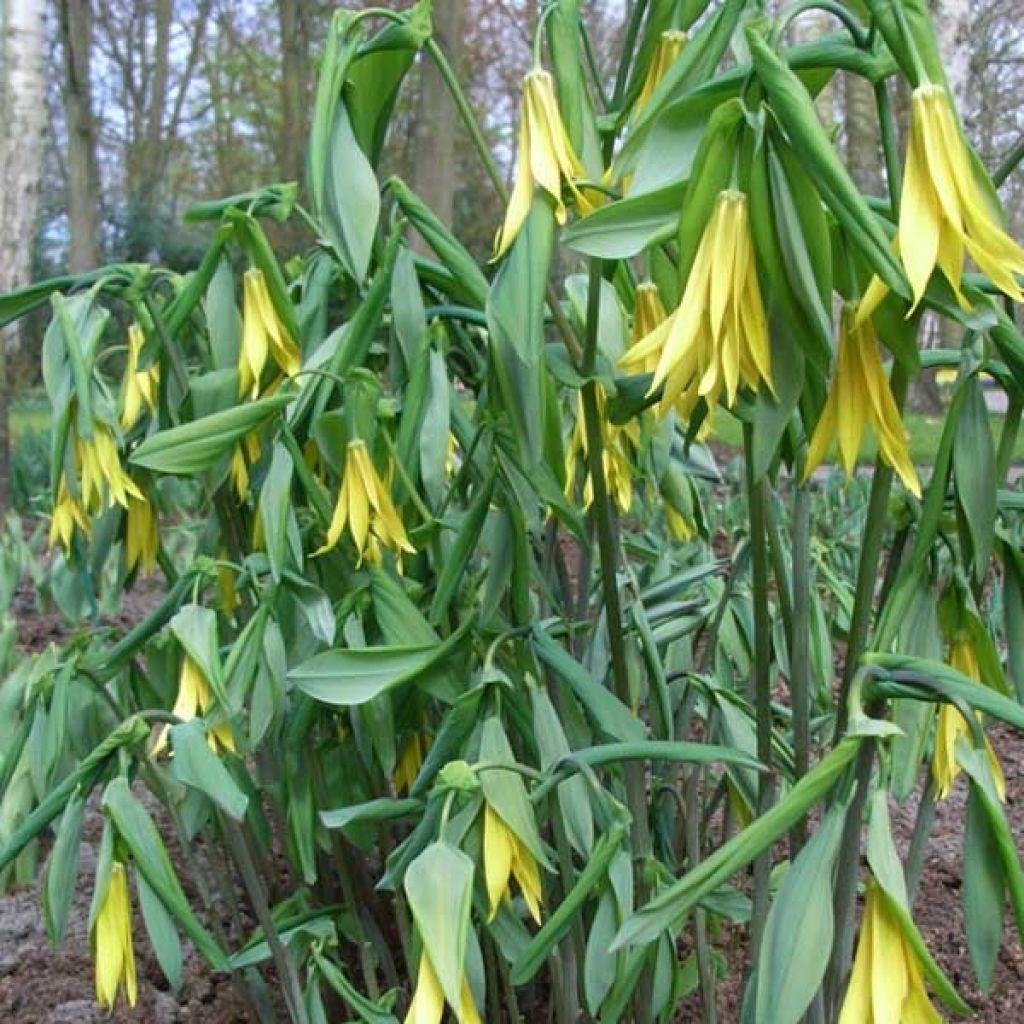

Uvularia grandiflora
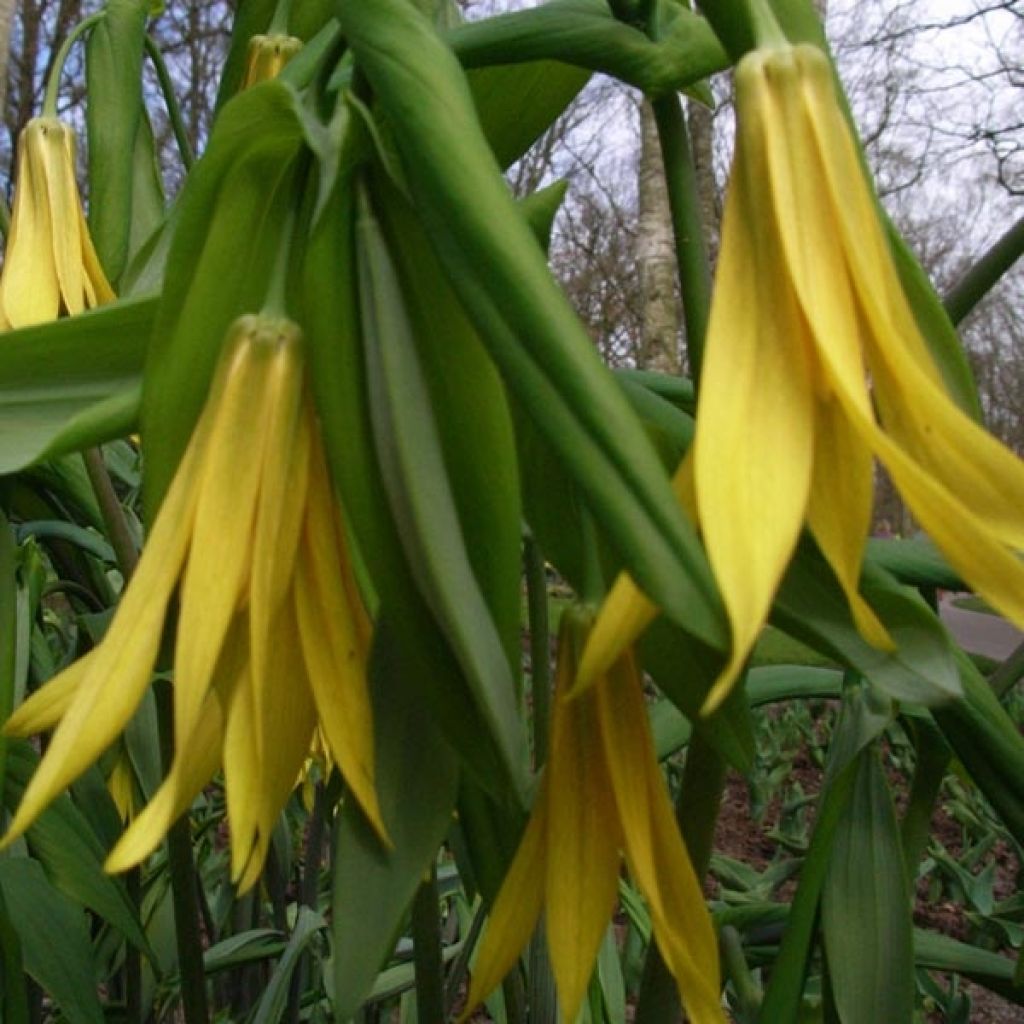

Uvularia grandiflora
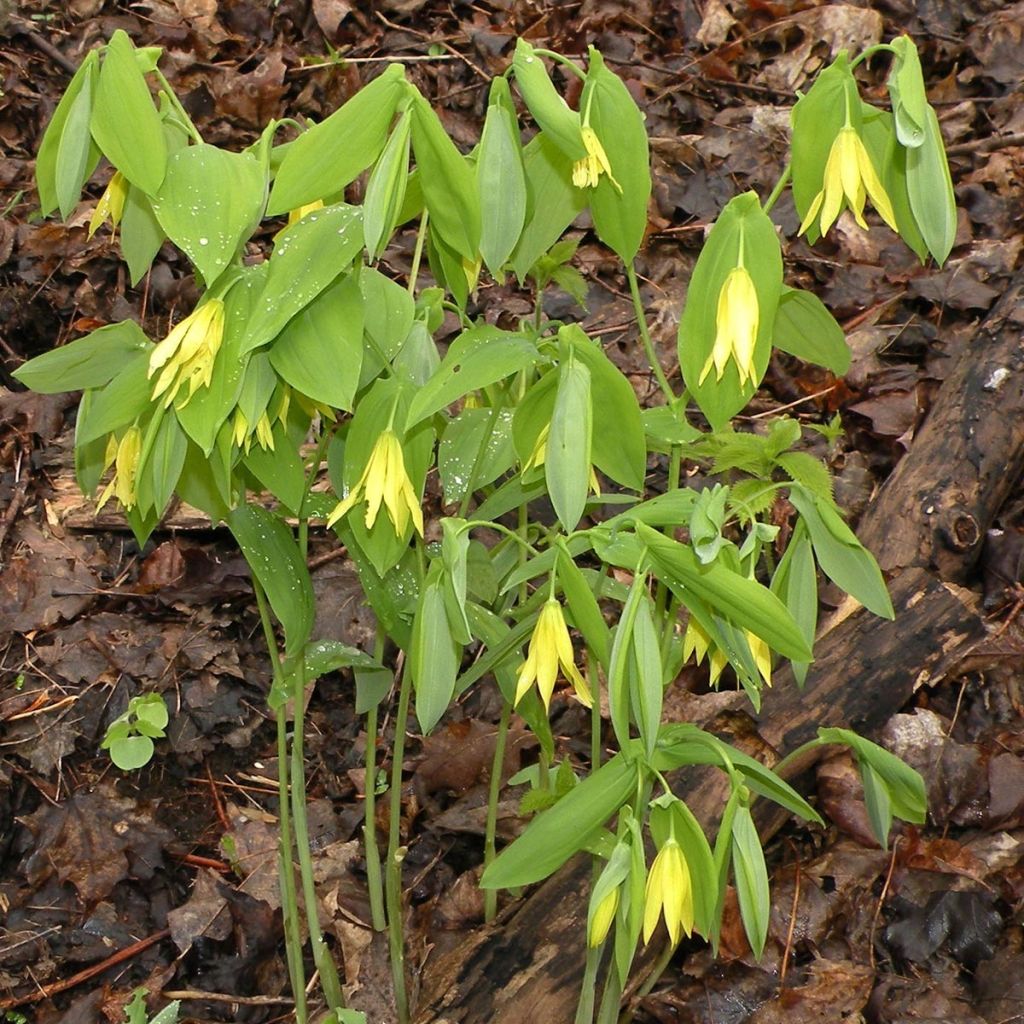

Uvularia grandiflora
Uvularia grandiflora
Uvularia grandiflora
Large-flowered Bellwort, Bellwort
The shoot is doing well, we have to wait until spring to see.
Christophe, 18/02/2025
Special offer!
Receive a €20 voucher for any order over €90 (excluding delivery costs, credit notes, and plastic-free options)!
1- Add your favorite plants to your cart.
2- Once you have reached €90, confirm your order (you can even choose the delivery date!).
3- As soon as your order is shipped, you will receive an email containing your voucher code, valid for 3 months (90 days).
Your voucher is unique and can only be used once, for any order with a minimum value of €20, excluding delivery costs.
Can be combined with other current offers, non-divisible and non-refundable.
Home or relay delivery (depending on size and destination)
Schedule delivery date,
and select date in basket
This plant carries a 12 months recovery warranty
More information
We guarantee the quality of our plants for a full growing cycle, and will replace at our expense any plant that fails to recover under normal climatic and planting conditions.

Would this plant suit my garden?
Set up your Plantfit profile →
Description
Uvularia grandiflora, sometimes called Large-flowered Bellwort, is a graceful plant for cool shade that is rarely available to buy. A rhizomatous perennial, this North American species blooms in spring, with pretty pendulous lemon-yellow bell-shaped flowers, and its foliage remains decorative throughout the summer. Very cold-resistant, Uvularia likes humus-rich, non-calcareous soils that stay damp even in summer. It will look beautiful paired with Himalayan blue poppies, Trilliums, or alongside ferns that appreciate the same conditions.
Uvularia grandiflora is a herbaceous perennial plant in the Colchicaceae family. It is native to North America, from Canada to the southeastern United States, where it is found in damp woodlands. Its deciduous growth emerges from the ground in spring and disappears in September. The plant, which has a rather slow growth, rarely exceeds 50 cm (20in) in height and its stump, which can reach 30 cm (12in) in width over time, is non-spreading and non-invasive. It has short rhizomes from which numerous thick, vertical roots emerge and deeply penetrate the soil. Flowers occur before the full appearance of foliage, from March to May depending on the climate and the year. Several slender cane-like stems emerge from the stump, slightly arching under the weight of the flowers. Solitary or grouped by 2 or 3, the flowers are pendulous, tubular at the base, formed by 6 long spiralled sepals, 5 to 6 cm (2in) long and bright yellow in colour. After pollination by bumblebees and bees, curious fruits in the shape of a bishop's cap form. The seeds are dispersed by ants. The foliage, reminiscent of Solomon's seal, fully develops after flowering. It is composed of elliptical leaves, 6 to 13 cm (2 to 5in) long, which are a very vibrant spring green colour on the upper side, and velvety on the underside.
Uvularia grandiflora is perfect under deciduous trees and bushes, paired with spring-flowering plants whose foliage disappears earlier: its most beautiful companions in the damp humus of an understory or in a shaded bed will be Trilliums, wood anemones, rather low ferns (Blechnum spicant, Asplenium scolopendrium), Meconopsis, hostas... Remember to mark its location so as not to trample the stump when the foliage has disappeared. Also, take care to protect this plant as slugs are fond of it.
Uvularia grandiflora in pictures


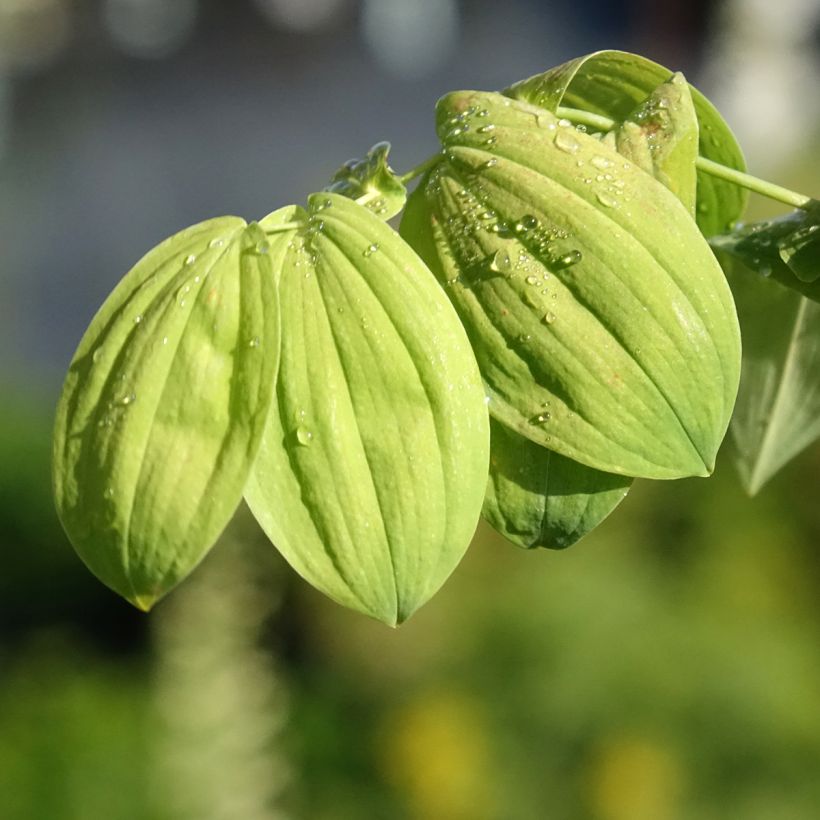

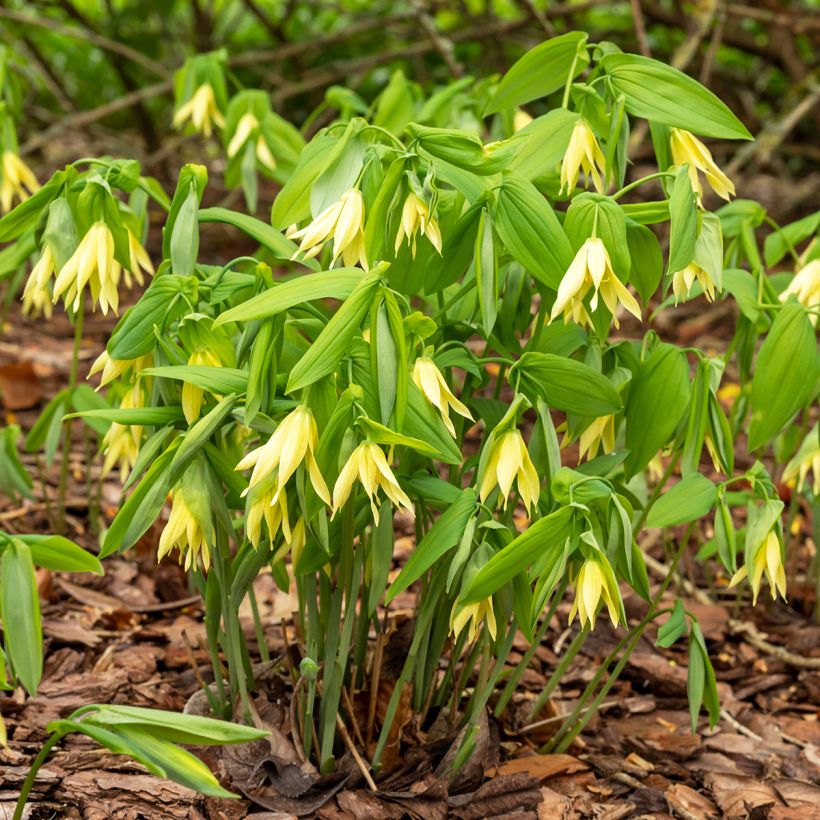

Flowering
Foliage
Plant habit
Botanical data
Uvularia
grandiflora
Liliaceae (Colchicaceae)
Large-flowered Bellwort, Bellwort
Cultivar or hybrid
Planting and care
Uvularia thrives in the damp and very rich humus soils found in deciduous woodland. It roots in the soil resulting from the decomposition of leaves. While they love moist and wet soils, these perennials dislike heavy and compact, clay soils. The soil must be free of limestone and very porous, and well-aerated. It should be moist, even in summer. In clay soil, adding leaf compost is essential to ensure that this plant survives. It is also very resistant to cold. Mark its location to avoid crushing the stumps (the buds form at ground level in autumn). Beware slugs, which are fond of buds and young shoots.
Planting period
Intended location
Care
Planting & care advice
-
, onOrder confirmed
Reply from on Promesse de fleurs
Haven't found what you were looking for?
Hardiness is the lowest winter temperature a plant can endure without suffering serious damage or even dying. However, hardiness is affected by location (a sheltered area, such as a patio), protection (winter cover) and soil type (hardiness is improved by well-drained soil).

Photo Sharing Terms & Conditions
In order to encourage gardeners to interact and share their experiences, Promesse de fleurs offers various media enabling content to be uploaded onto its Site - in particular via the ‘Photo sharing’ module.
The User agrees to refrain from:
- Posting any content that is illegal, prejudicial, insulting, racist, inciteful to hatred, revisionist, contrary to public decency, that infringes on privacy or on the privacy rights of third parties, in particular the publicity rights of persons and goods, intellectual property rights, or the right to privacy.
- Submitting content on behalf of a third party;
- Impersonate the identity of a third party and/or publish any personal information about a third party;
In general, the User undertakes to refrain from any unethical behaviour.
All Content (in particular text, comments, files, images, photos, videos, creative works, etc.), which may be subject to property or intellectual property rights, image or other private rights, shall remain the property of the User, subject to the limited rights granted by the terms of the licence granted by Promesse de fleurs as stated below. Users are at liberty to publish or not to publish such Content on the Site, notably via the ‘Photo Sharing’ facility, and accept that this Content shall be made public and freely accessible, notably on the Internet.
Users further acknowledge, undertake to have ,and guarantee that they hold all necessary rights and permissions to publish such material on the Site, in particular with regard to the legislation in force pertaining to any privacy, property, intellectual property, image, or contractual rights, or rights of any other nature. By publishing such Content on the Site, Users acknowledge accepting full liability as publishers of the Content within the meaning of the law, and grant Promesse de fleurs, free of charge, an inclusive, worldwide licence for the said Content for the entire duration of its publication, including all reproduction, representation, up/downloading, displaying, performing, transmission, and storage rights.
Users also grant permission for their name to be linked to the Content and accept that this link may not always be made available.
By engaging in posting material, Users consent to their Content becoming automatically accessible on the Internet, in particular on other sites and/or blogs and/or web pages of the Promesse de fleurs site, including in particular social pages and the Promesse de fleurs catalogue.
Users may secure the removal of entrusted content free of charge by issuing a simple request via our contact form.
The flowering period indicated on our website applies to countries and regions located in USDA zone 8 (France, the United Kingdom, Ireland, the Netherlands, etc.)
It will vary according to where you live:
- In zones 9 to 10 (Italy, Spain, Greece, etc.), flowering will occur about 2 to 4 weeks earlier.
- In zones 6 to 7 (Germany, Poland, Slovenia, and lower mountainous regions), flowering will be delayed by 2 to 3 weeks.
- In zone 5 (Central Europe, Scandinavia), blooming will be delayed by 3 to 5 weeks.
In temperate climates, pruning of spring-flowering shrubs (forsythia, spireas, etc.) should be done just after flowering.
Pruning of summer-flowering shrubs (Indian Lilac, Perovskia, etc.) can be done in winter or spring.
In cold regions as well as with frost-sensitive plants, avoid pruning too early when severe frosts may still occur.
The planting period indicated on our website applies to countries and regions located in USDA zone 8 (France, United Kingdom, Ireland, Netherlands).
It will vary according to where you live:
- In Mediterranean zones (Marseille, Madrid, Milan, etc.), autumn and winter are the best planting periods.
- In continental zones (Strasbourg, Munich, Vienna, etc.), delay planting by 2 to 3 weeks in spring and bring it forward by 2 to 4 weeks in autumn.
- In mountainous regions (the Alps, Pyrenees, Carpathians, etc.), it is best to plant in late spring (May-June) or late summer (August-September).
The harvesting period indicated on our website applies to countries and regions in USDA zone 8 (France, England, Ireland, the Netherlands).
In colder areas (Scandinavia, Poland, Austria...) fruit and vegetable harvests are likely to be delayed by 3-4 weeks.
In warmer areas (Italy, Spain, Greece, etc.), harvesting will probably take place earlier, depending on weather conditions.
The sowing periods indicated on our website apply to countries and regions within USDA Zone 8 (France, UK, Ireland, Netherlands).
In colder areas (Scandinavia, Poland, Austria...), delay any outdoor sowing by 3-4 weeks, or sow under glass.
In warmer climes (Italy, Spain, Greece, etc.), bring outdoor sowing forward by a few weeks.






























